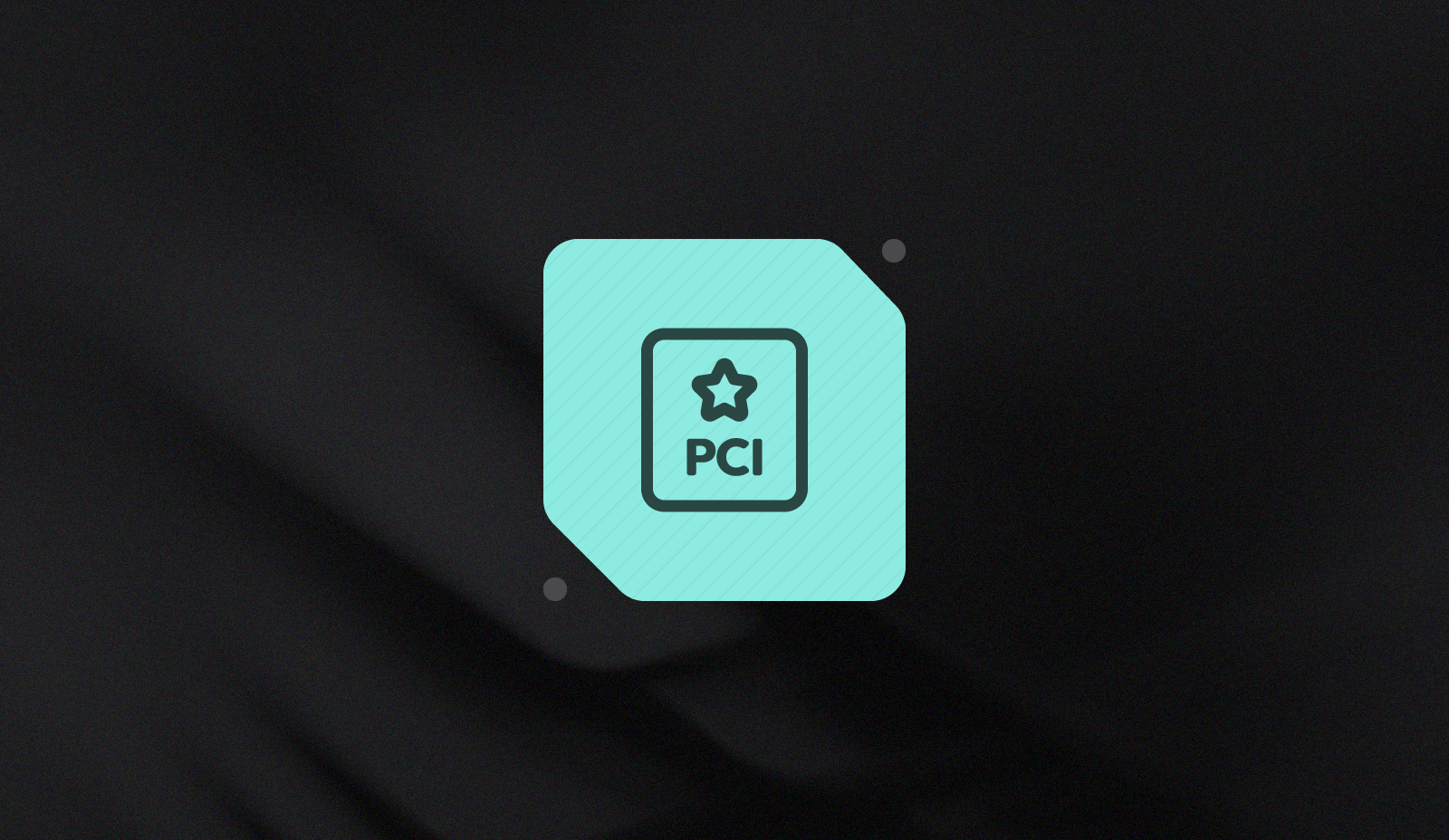Total Processing Volume (TPV): Why It Matters

Total processing volume (also known as total payment volume, or TPV) is the sum of all payments passed through a specific payment processor over a given period of time for a business. For instance, a company that processed $20 million through Stripe and $40 million through Adyen during the year 2023 would be said to have a $20 million TPV with Stripe and a $40 million TPV with Adyen.
Knowing how much is flowing through which payment partner, and the relative acceleration or deceleration of the total, is a key business indicator that can be used to create strategic plans to grow and improve the underlying business and its financial returns.
Total Processing Volume Versus Gross Merchandise Value
Total processing volume (TPV) refers to a specific subset of a business’ total business, which may be referred to as the gross merchandise value, or (GMV.) If a business sold a total of $100M in a year, with processing evenly balanced between PSP1 and PSP2, they could have a $100 million GMV, with a $50M TPV with each payment partner.
Neither GMV nor TPV tells a story of profitability or, broadly speaking, business success—each is merely a measure of turnover, with TPV relative to a particular payments partner. What it does provide, however, is the opportunity to start useful comparisons: Is GMV up year-over-year and by how much, for instance, or has the share of processing moved meaningfully between the payment partners?
TPV: Meaningful Part of a Multi PSP System
The difference between GMV and TPV is only meaningful in a business that contracts with more than one PSP: if you use only one, then by definition GMV=TPV (excluding, any payments not made digitally, so cash, check, bank draft, etc.). Under such circumstances, the importance of this number is not so much about balancing volume between PSPs, but rather about evaluating the point at which it makes financial sense for the business to expand its payments partnership to include additional providers. The arguments in favor of adding more partners are essentially twofold:
- More partners mean less continuity risk: if one provider becomes unavailable, for any reason, the business can continue to transact business.
- More partners mean price negotiations: With more than one provider, the business can negotiate from strength, whereas dealing with a full-service provider that executes all payment transactions tends to go poorly.
Making TPV Part of the Planning Process
Much of the digital payments world is dominated by full-service providers like Stripe and PayPal, who offer simplified capabilities matched by easy-to-understand flat pricing structures. As businesses grow, however, they must evolve from the systems that accelerated their entrance into the market toward those that provide the most value and flexibility for continued growth. Spotting a high TPV with any provider is a key indicator that it’s time to start planning the next phase of payments management.
As to what the right TPV is to trigger that decision, there appears to be no industry agreement of any kind!
Some say it is at some number of millions of dollars, so that the savings in fees can fund a full-fledged payments team of FTEs; others say it’s more like $50,000 per month, at which point the risk of a full-service provider suspending or closing the account until the merchant completes unexpected underwriting processes becomes too great; others say the number is exactly zero, reasoning that there is no point in the lifetime of a business when low continuity risk and low fees aren’t fundamental needs.
We here at Basis Theory sit somewhere in the middle, recognizing the value of the full-service provider to get a business up and running rapidly and with relatively predictable costs and services; yet also acutely aware of the risk of scaling a business relying upon a provider that represents a single point of failure.
The smart play, ultimately, is to use a third party token vault, like Basis Theory, to securely collect and store consumer cardholder details: this reduce the cost of PCI-DSS compliance, provides world-class security for your consumers, and allows you to contract with a range of payment partners from the get-go, so that you always have continuity and never pay more than you should.
Then, by calculating your TPV regularly and keeping track of its growth dynamics, you can spot the perfect moment to leverage your volume in a negotiation process.
Why Both GMV and TPV are Needed
All PSPs are not made alike: they offer different services, support levels, and, importantly, fee structures. Understanding TPV for each PSP vis-a-vis the GMV allows the merchant to observe, objectively, the structure of their overall payment system, and evaluate periodically whether the system is designed for optimal returns.
Imagine, for instance, a business with a GMV of $20 million that discovers it has a $5 million TPV with one PSP and $15 million TOV with a second, it is clear that this is only a good idea if the first PSP is charging higher fees, or offering critical services that the second PSP simply doesn’t provide.
If, however, the fees are not substantially higher, the imbalance calls out for a re-evaluation of the merchant’s payment system, and likely a series of conversations with each PSP to negotiate either better rates with the first PSP in exchange for greater volume - or with the second PSP for better rates in order to maintain its commanding volume share.
This is really one of the key values of TPV: understanding your past, current, and forecast future volume in order to negotiate your relationship with PSPs, who generally offer better rate structures to those who deliver more business. And, indeed, having a view on your volume growth dynamics may allow you to split your volume into more than two pieces, actually allowing you to attain the maximum volume discount with one PSP while keeping enough volume to redirect to a second who will deliver discounts also, while also providing you with a valuable second partner to ensure your continued ability to process payments even when one partner is out of service.
.png?width=365&height=122&name=BTLogo%20(1).png)



